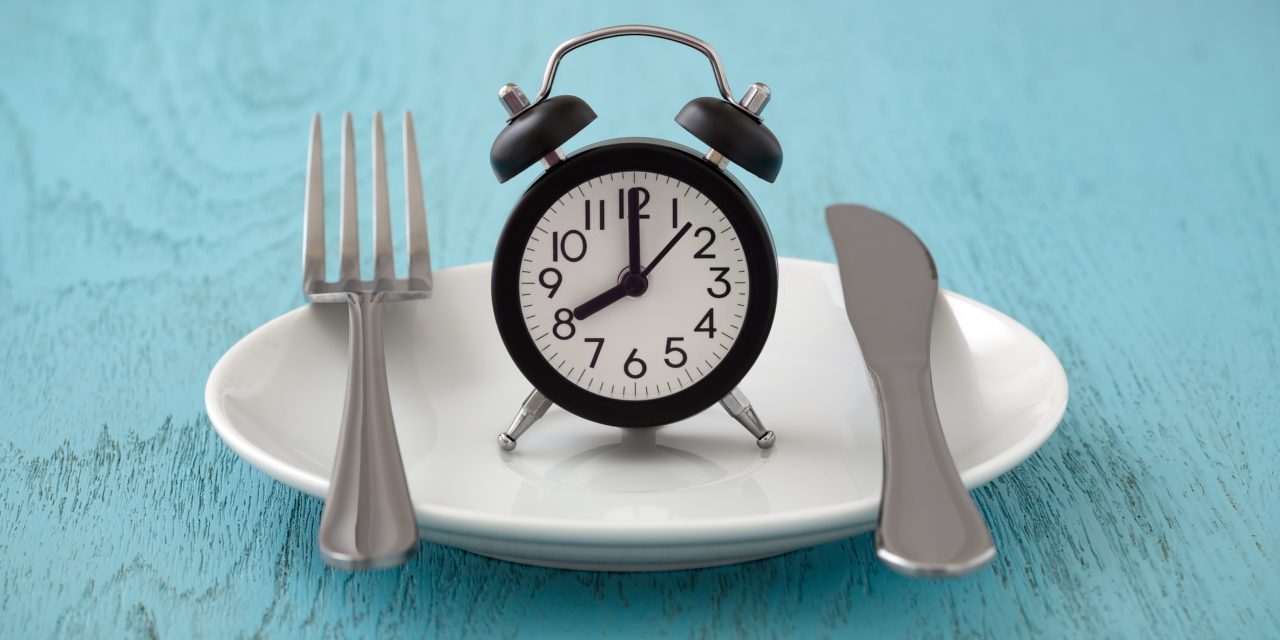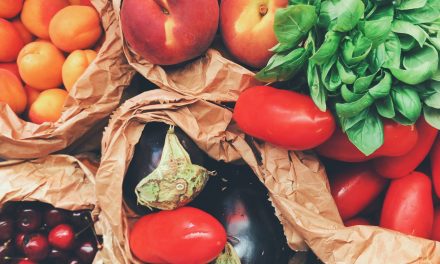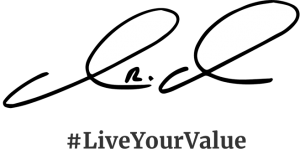Have you found yourself confused by the diet hype on your social media news feeds? Do your friends exclaim: “You should do this. It worked for me!” Have you given up certain foods to control your weight only to find your mood and cravings to be out of control?
The internet is full of diet options: Keto, Paleo, Carnivore, Vegan, Vegetarian, Intermittent Fasting. . . It’s easy to become overwhelmed and discouraged. All this confusing lingo can cause unnecessary stress for someone who’s serious about making a healthy lifestyle change. I know because the first thing many clients ask me is “What kind of diet are you going to put me on?”
Where to Begin
There are benefits to all these specific diet plans, and they can be implemented in a healthy way. A common factor in these diets is that the participants need to control pain or inflammation. Thankfully, you can actually do this without the complexities of labeling and strictly following a specific diet. In fact, most of these plans are centered around removing processed foods, refined sugar, and simple carbohydrates.
If you’re searching for simple tweaks to improve your overall health, first begin by drinking more water and avoiding sodas, pasteurized juices, and sugary sports drinks. Another tip is to start your day right. Replace the standard breakfast of processed cereals, pastries, toast, and pasteurized juice with a solid protein and fat serving such as eggs or plain yogurt with live cultures, a few berries, and sunflower seeds. Finally, make it your priority to eat whole foods (aka foods with five or fewer ingredients). These will fuel your body and mind, giving you the energy you need to fill your day.
We all have different dietary needs, but nutrient-dense whole foods are tolerable for everyone. Balancing macronutrients, protein, fat, and carbs will help stabilize blood sugar, help promote hormone balance, and keep energy levels up. Once you’re consuming the right balance of foods, you might be looking for an additional tweak to aid in weight-loss. That’s where intermittent fasting comes in to play.
What is Intermittent Fasting?
Intermittent fasting can be described as a style of eating following strict mealtime windows during certain hours of the day. One of these patterns is called 16:8. This means fasting for 16 hours and consuming your calories in an 8-hour window. For example, you would have your first meal of the day at 11 am and your last meal by 7 pm. I recommend eating most of your proteins in the later meals to keep you feeling satiated through the night until 11 am the following day.
The second fasting plan is called 5:2. On this schedule, you eat a normal calorie diet for 5 days and then eat a quarter of those calories for two days. Both plans have been shown to promote weight loss and cause cellular autophagy, a process by which cells destroy damaged cells and make room for new ones. However, intermittent fasting should be monitored carefully for side effects such as feeling faint, nausea, and fatigue. If these symptoms persist through several rounds of fasting this may not be the right plan for you.
Fasting diets are not for everyone and should be avoided by:
- people with a history disordered eating
- anyone with drops in blood sugar levels
- pregnant and nursing women, or those trying to conceive
- people with Type 1 Diabetes
- people who are malnourished, or who have a history of nutrient deficiencies
What kind of diet are you going to put me on?
I have been confronted with this question by almost every new client. But I believe in a protocol that works for the individual. Together we build a plan around dietary needs and goals, never compromising this to fit a certain diet plan. My goal is to help you learn to listen to your body, eat intuitively, and introduce your pallet to the flavor of real food. Moreover, I teach clients to taste the natural sweetness of fruits and vegetables so they can build a beautiful plate of colorful foods that excite the mouth. Let your ancestry help guide you and eat some of the same native foods your ancestors enjoyed. Eat for health and nourishment, and your body will thank you.










